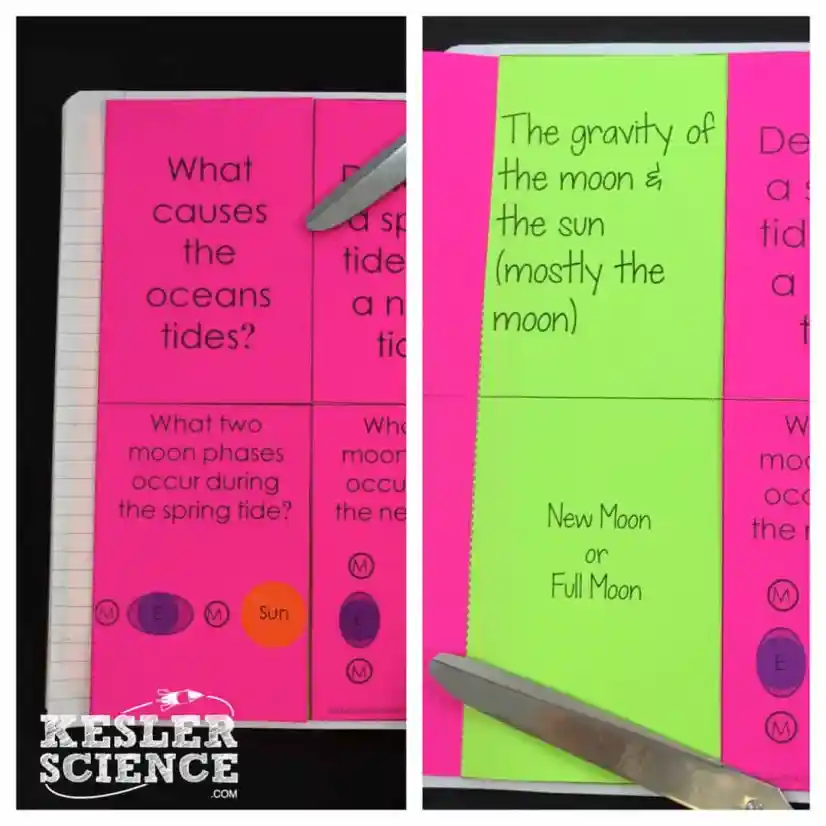The following post will walk you through each of the steps and activities from the lunar cycle lesson plan.
ENGAGEMENT
At the beginning of the lesson the class will discuss the objectives and some of the relevant vocabulary using the included objective statements and word wall cards.











